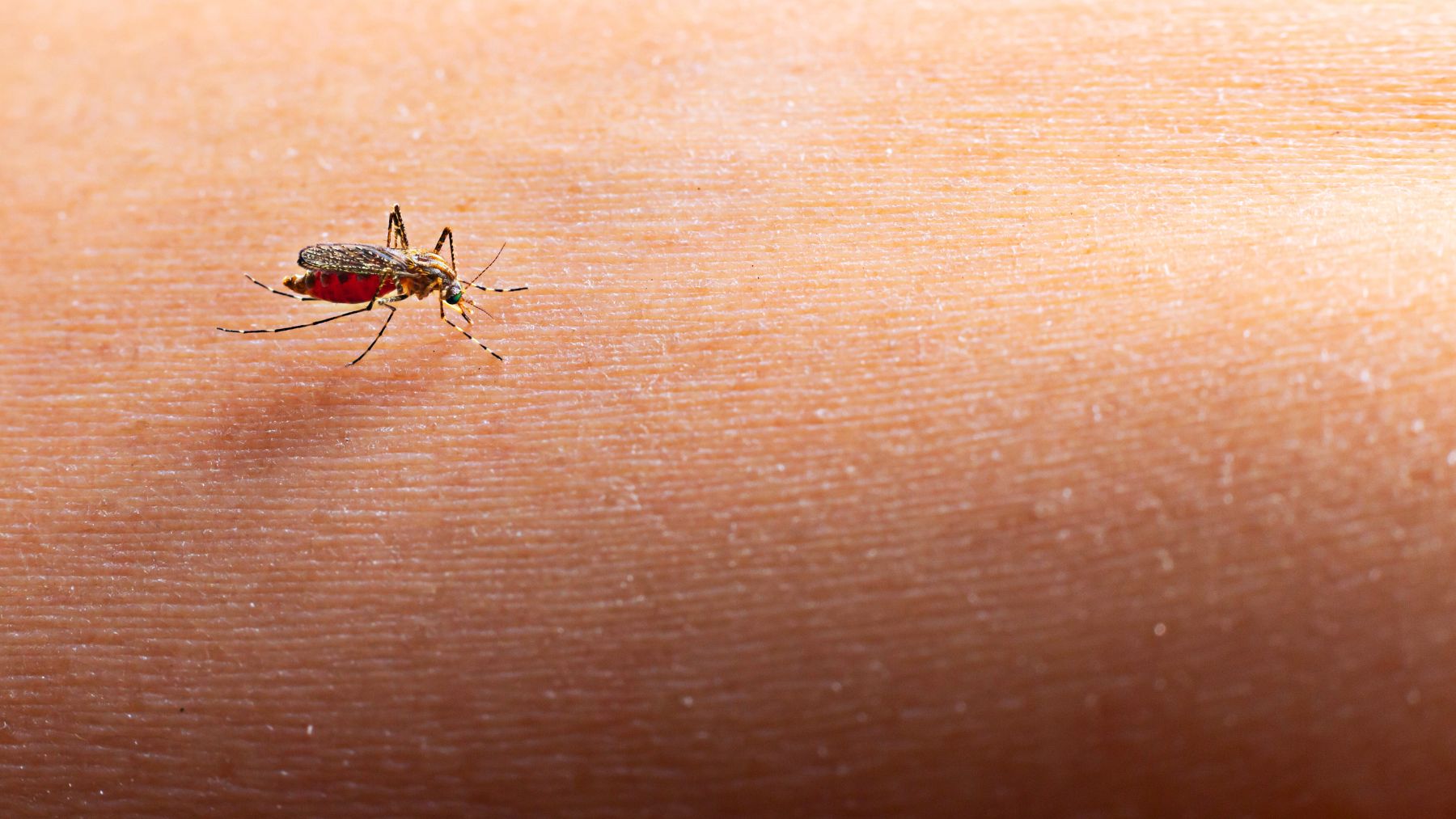South Carolina has recorded its first death from eastern equine encephalitis (EEE) virus in more than two decades. The state Department of Public Health confirmed the case on September 19, saying the patient lived in Beaufort County.
EEE is a mosquito-borne disease that is rare but severe. Health officials say it’s not spread person-to-person, but when it does appear, it can cause brain inflammation, meningitis, and lasting neurological problems. Here, we’ll explain the recent case, what makes this virus so dangerous, and how people can protect themselves.
The virus and what happened in South Carolina
The Department of Public Health said this is the first human case of EEE reported in the state since 2020, and the first fatality since 2003. Interim director Dr. Edward Simmer confirmed the death, noting: “While cases of the virus in people are extremely rare, the effects can be very serious to those who are infected”.
EEE is caused by the bite of an infected mosquito. In some cases, it leads only to fever and flu-like symptoms, but in others, it causes severe neurological disease. According to the Centers for Disease Control and Prevention, about 30% of people who develop the serious form die. Survivors often face complications such as seizures, memory problems, and cognitive impairment.
Officials have been monitoring the virus closely this year. Between mid-July and August, ten horses across several South Carolina counties, including Aiken, Jasper, and Sumter, tested positive for EEE. Horses are particularly vulnerable, and their cases often act as a warning sign for human risk.
To control the spread, Beaufort County Mosquito Control has been spraying by truck and plans helicopter applications for wider coverage. The county has also increased mosquito trapping in the area where the human case occurred. So far in 2025, no mosquito pools have tested positive, but surveillance continues with support from Clemson University and the CDC.
How to lower the risk of mosquito bites
Since there is no vaccine or specific treatment for EEE in humans, prevention depends on avoiding mosquito bites. The Department of Public Health and the American Mosquito Control Association both stress practical steps.
Cover exposed skin with long sleeves and pants, especially during dawn and dusk when mosquitoes are most active. Apply EPA-registered repellents that contain DEET, picaridin, oil of lemon eucalyptus, or other proven ingredients. Permethrin-treated clothing adds another layer of protection.
Managing the environment is just as important. Mosquitoes breed in standing water that sits for more than five days. Emptying buckets, toys, plant saucers, and birdbaths regularly reduces breeding grounds. Disposing of old tires and covering tarps tightly on boats or equipment also helps. Trimming overgrown vegetation and cleaning clogged gutters can limit mosquito habitats around homes.
Local health officials also recommend working with neighbors. Community-level action, from yard maintenance to coordinated spraying, makes prevention more effective than individual efforts alone.
EEE remains a rare but dangerous disease. The recent death in Beaufort County underscores how unpredictable mosquito-borne viruses can be and why prevention is the best defense. By protecting skin, using repellent, and reducing mosquito habitats, South Carolina residents can lower the chances of another human case.
